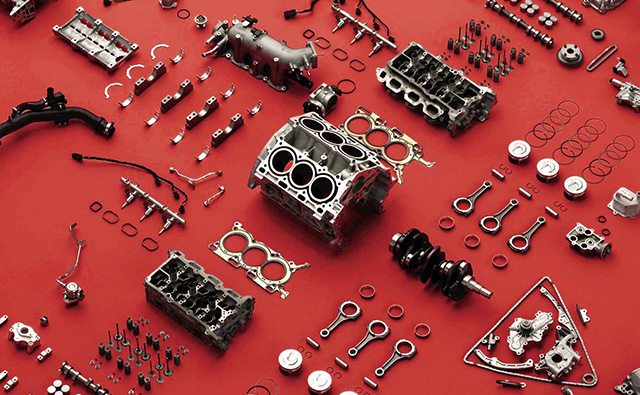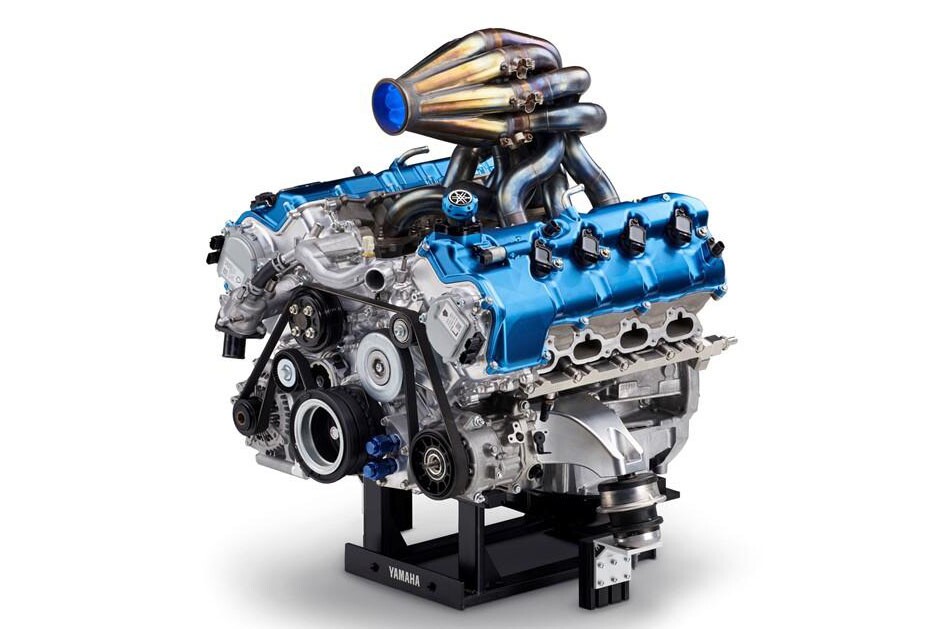Car Parts Shop Offering Engines for Africa: Your Resource for High Quality Auto Elements
Wiki Article
The Quest for Ultimate Driving Power: Investigating the Peak of Engine Performance and Technological Advancements in the Automotive Sector
In the realm of automotive engineering, the quest of maximum driving power has been a relentless quest that has actually unfolded with the development of engine design and the assimilation of cutting-edge technologies. From the thorough craftsmanship of burning engines to the fast improvements in electric propulsion systems, the automotive field stands at the cusp of a new period characterized by extraordinary performance capacities. As designers and scientists delve much deeper right into the worlds of computational fluid characteristics and explore cutting-edge fuel technologies, the perspective of possibilities broadens exponentially. Keep tuned as we untangle the intricate tapestry of technological developments that are forming the future of auto power and efficiency.Advancement of Engine Style

Moreover, the integration of turbocharging and supercharging technologies has transformed engine design by improving power without considerably enhancing engine dimension. These forced induction systems compress the consumption air, enabling more gas to be combusted, therefore creating greater power result from a smaller engine. This improvement has actually been particularly crucial in boosting the performance of smaller sized variation engines while maintaining gas efficiency requirements.

Performance-Enhancing Fuel Technologies
The implementation of sophisticated fuel modern technologies has considerably added to improving engine efficiency in modern-day lorries. From traditional gasoline and diesel to innovative biofuels, artificial fuels, and hydrogen, the automotive sector is witnessing a change in gas alternatives. Biofuels, originated from sustainable resources like sugarcane, algae, or corn, offer boosted and minimized exhausts engine effectiveness. Artificial gas, generated via chemical processes, provide high octane rankings, boosting power result. Hydrogen fuel cells, although still in the onset of fostering, show great guarantee because of their zero-emission nature and capacity for high efficiency. Additionally, gas ingredients and detergents are being formulated to tidy engine elements, enhance burning, and minimize rubbing, thereby boosting general lorry performance. With ongoing r & d, the quest for the supreme driving power continues, as designers strive to unlock the complete potential of performance-enhancing fuel technologies in the automotive sector.Developments in Electric Propulsion
Considerable strides in electric propulsion innovation have transformed the vehicle sector, leading the way for a new age of sustainable and effective transportation. Electric cars (EVs) are obtaining appeal due to their environmental advantages and advancements in battery modern technology, enabling longer driving arrays and much shorter billing times. Manufacturers are spending heavily in r & d to improve the performance of electrical propulsion systems, concentrating on raising power outcome, improving power effectiveness, and decreasing general weight.One notable development in electric propulsion is the development of advanced electric motors that deliver greater torque and power density, causing improved acceleration and general driving efficiency. Additionally, regenerative stopping systems have actually been refined to keep and record energy throughout deceleration, more boosting the effectiveness of EVs.
In addition, the combination of smart innovations, such as man-made knowledge and anticipating analytics, is enhancing the management of electric propulsion systems, guaranteeing optimum efficiency under numerous driving conditions. These advancements in electrical propulsion are reshaping the vehicle landscape, driving the sector in the direction of an extra sustainable and amazed future.
Effect of Computational Liquid Dynamics
With advancements in electrical propulsion pushing the borders of automotive modern technology, the assimilation of Computational Liquid Dynamics is playing a critical duty in enhancing wind resistant efficiency and boosting general effectiveness in automobile design. Computational Liquid Dynamics (CFD) entails the use of computer simulations to assess the circulation website link of air around a lorry, making it possible for engineers to forecast how design modifications will influence aerodynamics without the need for pricey physical models. By accurately modeling air movement patterns, CFD enables the refinement of car shapes to lower drag, boost air conditioning, and boost security.CFD enables engineers to enhance airflow Click This Link around parts such as radiators, engine bays, and wheel wells, contributing to enhanced efficiency and total driving experience. In final thought, the combination of Computational Fluid Dynamics stands for a significant step onward in the pursuit for utmost driving power and effectiveness in the auto industry.
Future Trends in Engine Development
In the dynamic landscape of vehicle design, innovative improvements are shaping the future trajectory of engine advancement. The future of engine layout is marked by a strong emphasis on sustainability, efficiency, and performance. Producers are increasingly concentrating on creating engines that not just supply high power outcomes yet also prioritize environmental obligation by reducing exhausts and enhancing fuel efficiency.One popular trend in engine development is the increase of electrification. Crossbreed and electric powertrains are obtaining grip as feasible options to standard combustion engines. These technologies provide the possibility for considerable reductions in carbon his comment is here emissions and boosted energy efficiency, straightening with worldwide initiatives to combat climate change.
Furthermore, advancements in products scientific research and production techniques are allowing the production of lighter and more resilient engine parts. This change towards lightweight materials such as carbon fiber and aluminum alloys adds to boosted performance and gas economic climate.
Final Thought
In final thought, the quest of utmost driving power in the vehicle market proceeds to drive developments in engine design, gas technologies, electric propulsion, and computational fluid dynamics. The evolution of these technologies is shaping the future of engine development, leading the way for much more efficient and powerful automobiles (engines for africa). As the industry remains to push the borders of what is feasible, we can expect to see much more groundbreaking developments in the pursuit for peak efficiency
One of the essential turning points in engine layout evolution is the change from conventional carbureted engines to modern fuel-injected systems. By exactly metering the gas shipment to each cyndrical tube, fuel-injected engines enhance combustion, resulting in much better performance and lowered ecological impact.
Moreover, the assimilation of turbocharging and turbo charging innovations has changed engine layout by enhancing power without substantially enhancing engine size (engines for africa).The execution of innovative fuel technologies has considerably added to improving engine efficiency in modern vehicles. Additionally, gas additives and cleaning agents are being developed to tidy engine components, enhance burning, and lower friction, therefore boosting total automobile efficiency
Report this wiki page